Authored by J.G.Martinez D. via The Organic Prepper blog,
There have been a lot of things going on lately. The massive demonstrations in support to our Constitutional president Juan Guaido have unchained a LOT of repression and retaliation by those trying to avoid the dismemberment of the last stronghold of the Maduro and Castro gangs.
This is inevitable though. The suffering has been unbelievable and the cost in human lives, too high for those responsible to achieve some kind of agreement.
The media is trying to hide the truth about what’s really going on.
Lots of rumors have been plaguing the social networks. The media are not broadcasting anything that could compromise them. There is a TOTAL media blackout. The institution created by Hugo Chavez as a means to censure and control the media, CONATEL, has issued a prohibition of the name of the president under severe penalties.
The control of the people by force is achieving levels only seen in other countries, like the civil war in Guatemala or Nicaragua. There have been random (and some of them very calculated) kidnappings, children 13 and 14 years old being imprisoned, including girls, it has been quite messy.
There are lots of rumors in the social networks and the information has to be carefully picked up.
All of this confirms that our institutions, ALL OF THEM have been infiltrated, and they are under the control of people obeying foreign interests. Our officers of all ranks are being held hostage, and getting under prison without warning, based only on suspicious behavior. Generals and colonels included. Troops have NO ACCESS TO AMMO and this is an act of war.
In time, the role of Cuba will come to light on all this. There is enough evidence and testimony about how they controlled and provided advice so the gang could band together and implement a spying system to get all of the military under their iron fist. Nothing new here, indeed. KGB did this successfully for 50 years in the former URSS. Their Caribbean version, though, is going to be crushed in this next few days.
The situation has become a lot more dangerous and people are being warned to stay home.
There are some strong warnings to the citizens: avoid to leave home unless necessary, and keep a low profile on the streets. This situation can be easily turned into messy bloodshed if some thug too high on coke happens to squeeze the trigger and shoots a foreign trooper.
I have been told that in some places (especially Caracas) there are VStroms (all-terrain bike patrols) all over the place, with one soldier armed in the backseat. I mean hordes of them. I have seen videos with 30 or 35 bikes roaming, as a minimum. And as usual, the gangs called Colectivos are intended to pacify the streets, shooting to the demonstrations and creating chaos. However…the last demonstrations have been MASSIVE. I am pretty sure that some record has been broken this time in the area of human concentration.
All of this has roots back in time. Cuba has tried to influence throughout many years in our country. They needed desperately access to our resources. Especially after the Special Period, the so-called famine episode that they experienced after the fall of the Soviet world. They hated Venezuela because of our wealthy land, our excess of resources, and mostly, our happiness.
I had personal friendly relationships (at first) with some people that were in charge of the transportation of medical personnel, back in its time. They told that many of them were not specialists at all and that their criticism to our way of life was especially poisonous. Even our taste for good food, whiskey, and imported perfumes was something these guys saw with bad eyes.
WTF? I mean, you´re in a foreign country, supposedly assisting poor people in their health…and talk crap about how we like to live?… Come on. This was just an indication about what was about to come.
There are people who want to trick us into enslavement.
There is already a precedent of this animosity against my noble country. They tried to invade via the Bahia of Machurucuto, in the coastal line, back in the 60s. The population of a small town called the National Army and they were absolutely defeated. Their number seems now a joke, but the mere attempt says a lot about that.
Some people of that town remembers their words: ”we come to give you freedom”…but they lied. They came to enslave us.
This was a general trend, and it was the golden age of the guerrilla forces. They had agents recruiting in our state universities, taking advantage of the system, and using them as conspirative centers. One of the most acknowledged military leaders of the country, Carlos Peñaloza, knows the history. His videos are on the web. Activate the translation and you will see what he has to say. He also has a book written in Spanish.
If you need any help with this, I could write an entire article just translating that video. It has lots of important information to describe how deep and how long ago was this infiltration of our system and institutions. There was a lot of permissivity here.
I remember having read that some time before El Caracazo, one of the worst internal conflicts in Caracas and the country…we had the “visit” of the infamous Fidel, and rumors are that some of the members of his gang were left behind to assist the left in the preparation of that attack.
I strongly believe now in this, because I remember some university buddies mentioning the high level of organization that some barrios that opposed to the army presented, and the training in shooting war weaponry. They were there and saw everything, and I trust in their word.
This was the mistake that allowed it all to happen.
This was one of the worst mistakes in all this chain of events that led to the arrival of Hugo to the chair. Yes, he had formidable support, as a person of supposed integrity and coming from humble origins. But he used the trust of the people, turning against ourselves, and making a mess of a miserable military barracks what was once a decent country to live in, albeit harmed by corruption, that had been permeating all layers of our society.
The lack of seriousness, despite being one of our best character traits, played all these years against us. If there is something we are guilty of, is that and I acknowledge to it. Another trait could be a chronic lack of planning for the future. I don’t conceive a prepper in Venezuela (but, again, I am not your typical Venezuelan anymore), and talking to some people about crisis and how to prepare, I just received collective bullying and jokes. I am the one now with my family well-fed and with a roof over their heads without having to make too much more than regular activities just like anybody else, and much more comfortable.
People are afraid to leave their homes and stores are not open at night.
This said, in my old neighborhood, there is a local shutdown. Shops around my subdivision are closed, and opening a few hours before night arrives. People are hunkering down in their homes, only visiting each other inside their same enclosed subdivision. I guess more than one who was disobedient of the disarm law is preparing a good arsenal, provided that some thugs come to knock on their doors.
A person whom I contacted just today in Caracas told me that there is a very strange environment. People in the streets, mostly in the demonstrations, yes, lots of people. But there are some places almost empty, and the feeling is someone she never had felt. In the parks, there were not even birds in the trees. Told her that Mother Nature is wise, and perhaps they knew something was about to come.
There was a nasty rumor about children being kidnapped by the NGs, and it has not been confirmed so far. Foreign intelligence seems to be working extra hours. They should look for improving their escape plans, because the number of people who are going to be after them once some armed support is provided, will make Libyan unrest look like a picnic. There are enough people harmed by the brutality of those holding the guns. If they have resisted this far, is because what will happen once their show weakness.
Even the military is being controlled and is not being given ammo.
Another report I have that perhaps help to those skeptics to understand why the Army has not responded, and it is because the control of the ammo is total. The regular troopers are not receiving ammunition. Sometimes they use the AKs to control people, but their mags are empty.
Shotgun shells and tear gas are distributed only to some specific personnel. That reinforces the theory that says many of them are convicts, taken out from the jails to do the dirty job that officers don’t want to do (but I am sure that more than one LEO is guilty of shooting). With a minister of prisons like that woman (won’t type her name, but you could google it) anything is possible.
Going back on topic, this lack of ammo is what has slowed down (but not stopped) the military personnel to offer resistance. I am more than sure that if “someone” makes available a lot of AK ammo to a good portion of middle-rank officers, they would use it wisely.
via ZeroHedge News http://bit.ly/2Gqyqsv Tyler Durden
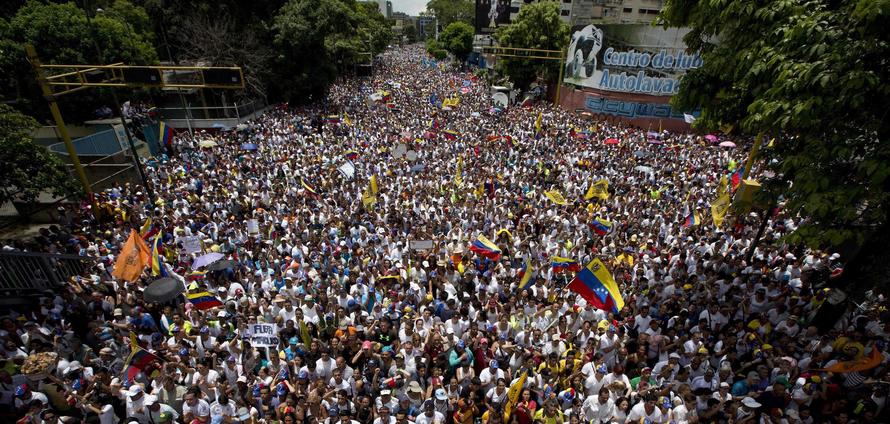

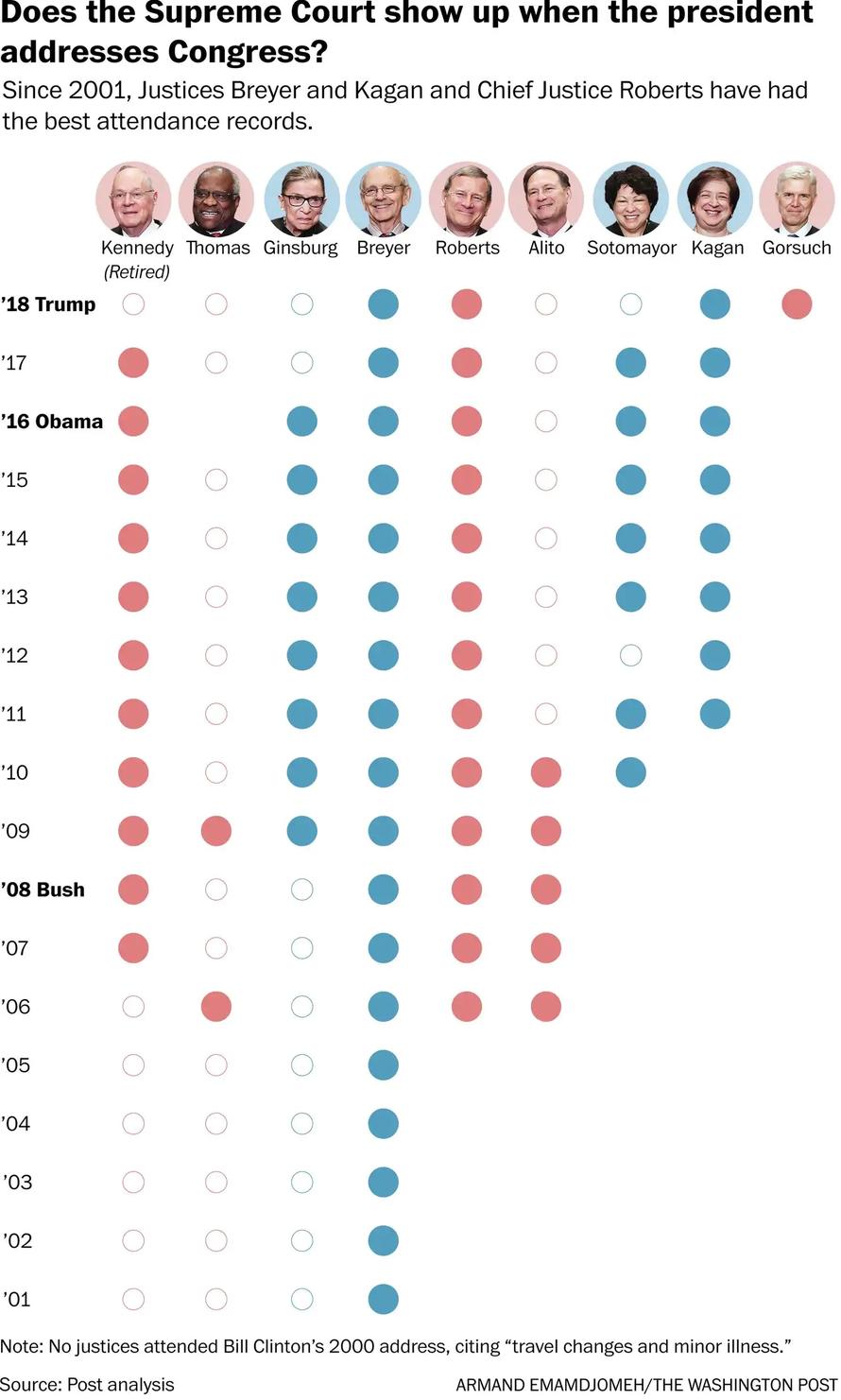
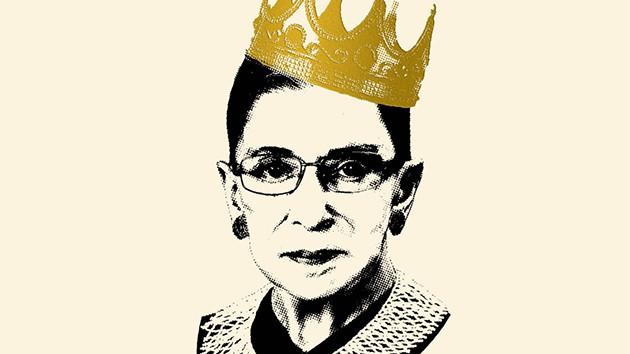

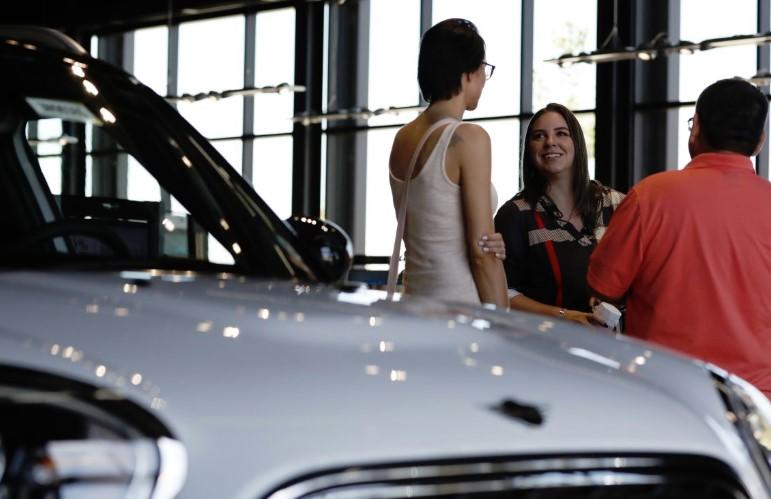
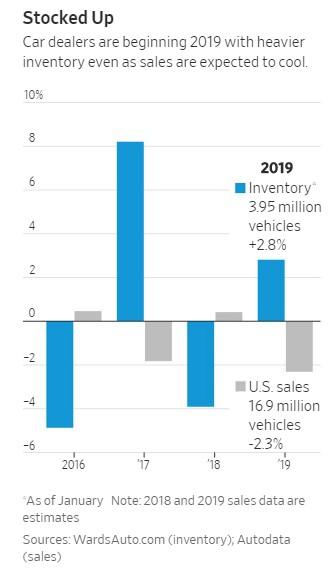

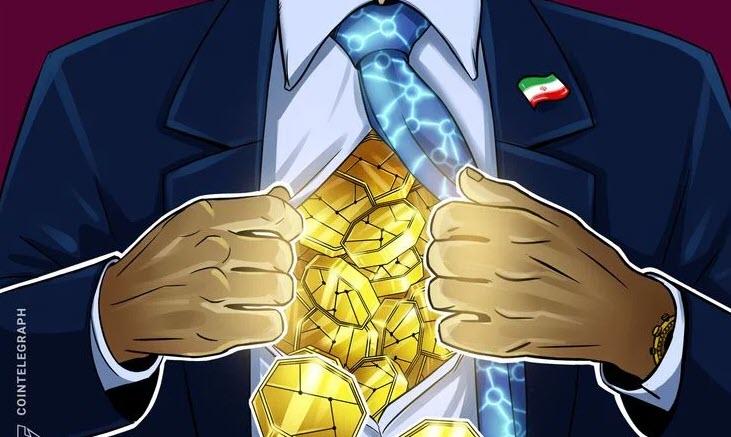



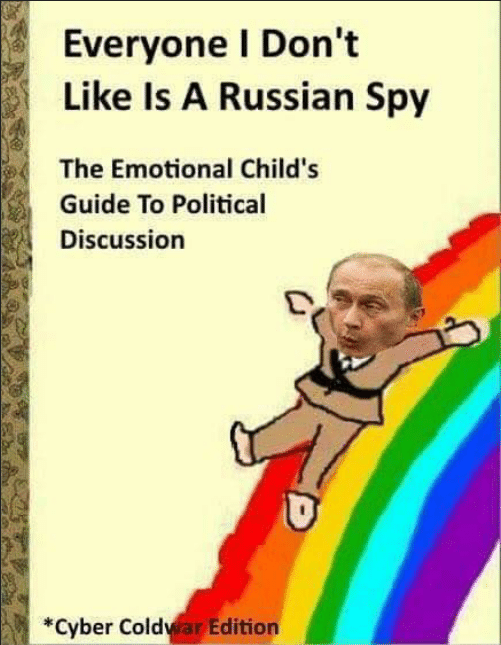

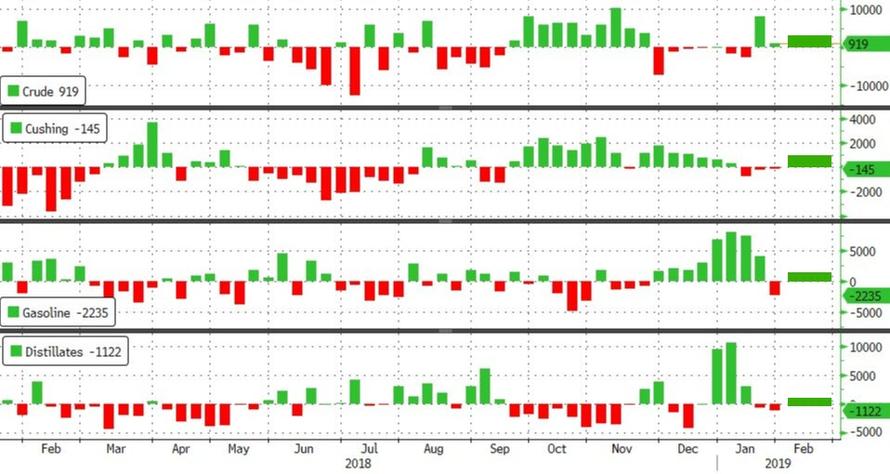
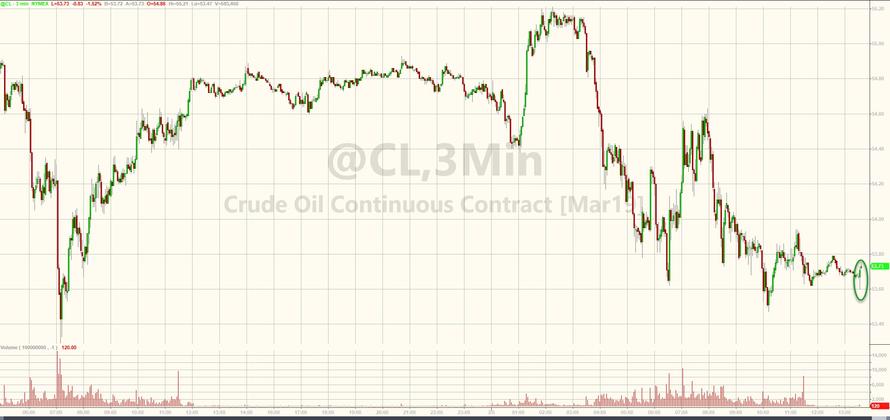
 When former Starbucks CEO Howard Schultz announced that he was thinking about running for president as a “centrist independent,” he was
When former Starbucks CEO Howard Schultz announced that he was thinking about running for president as a “centrist independent,” he was